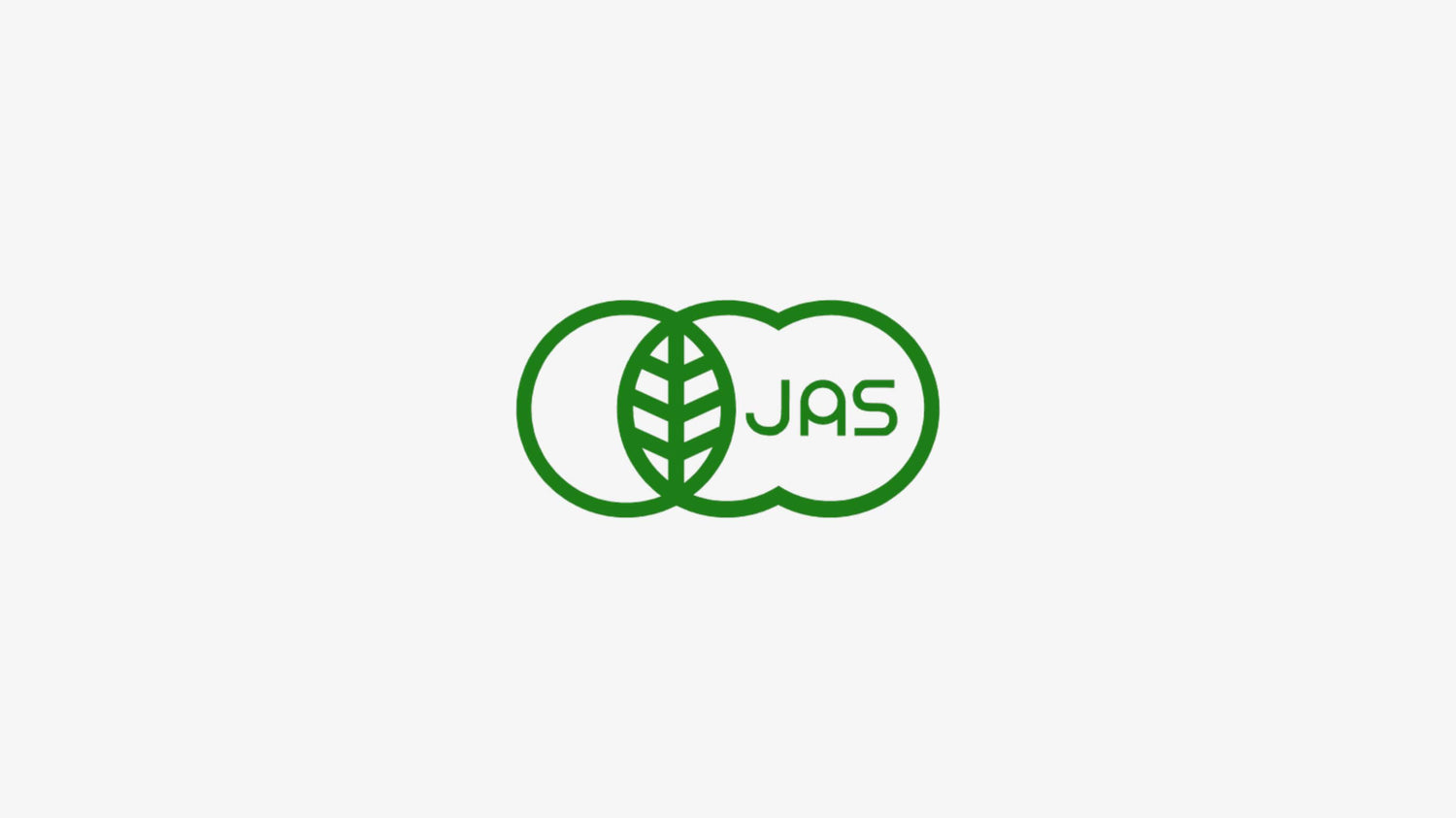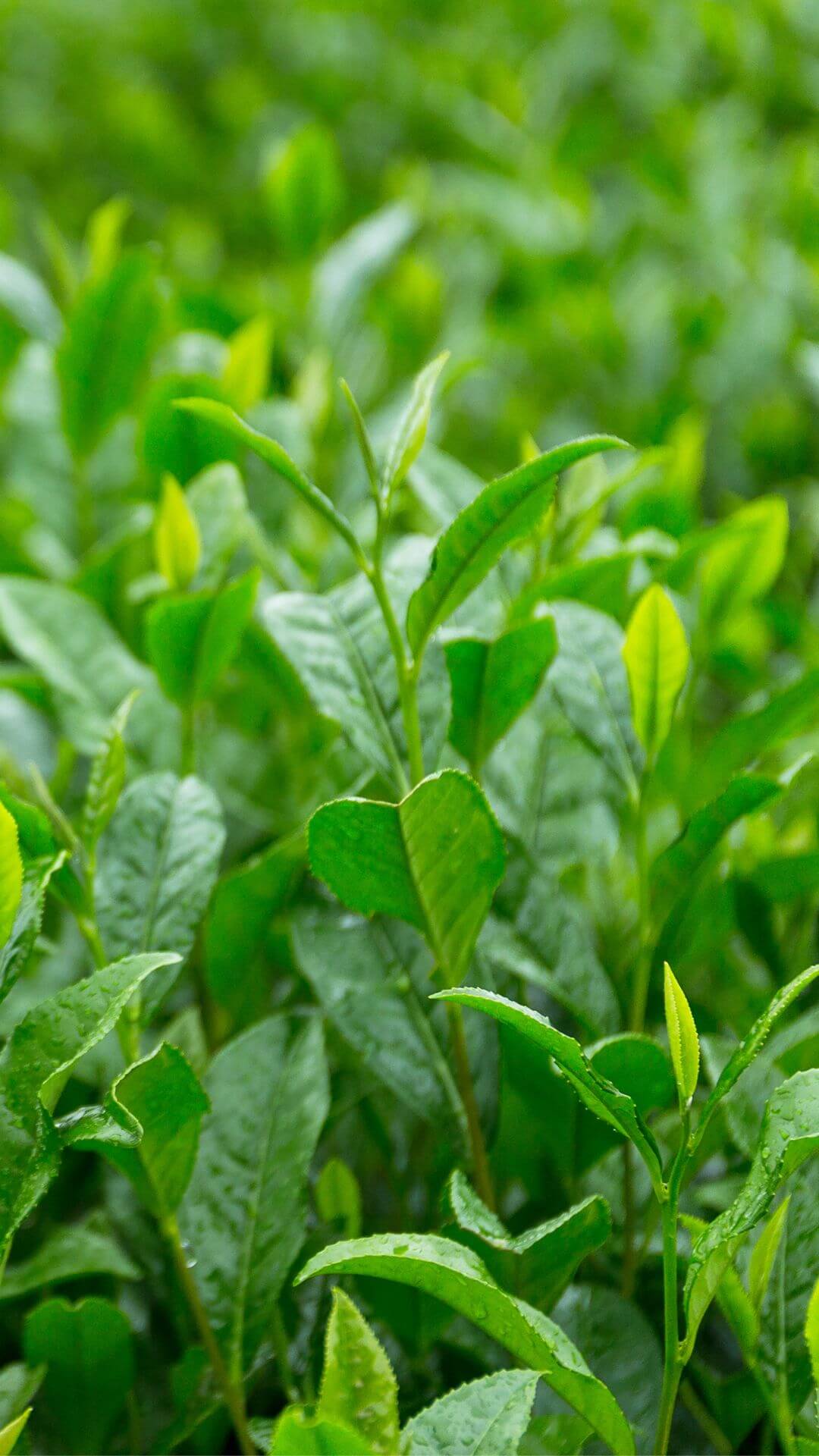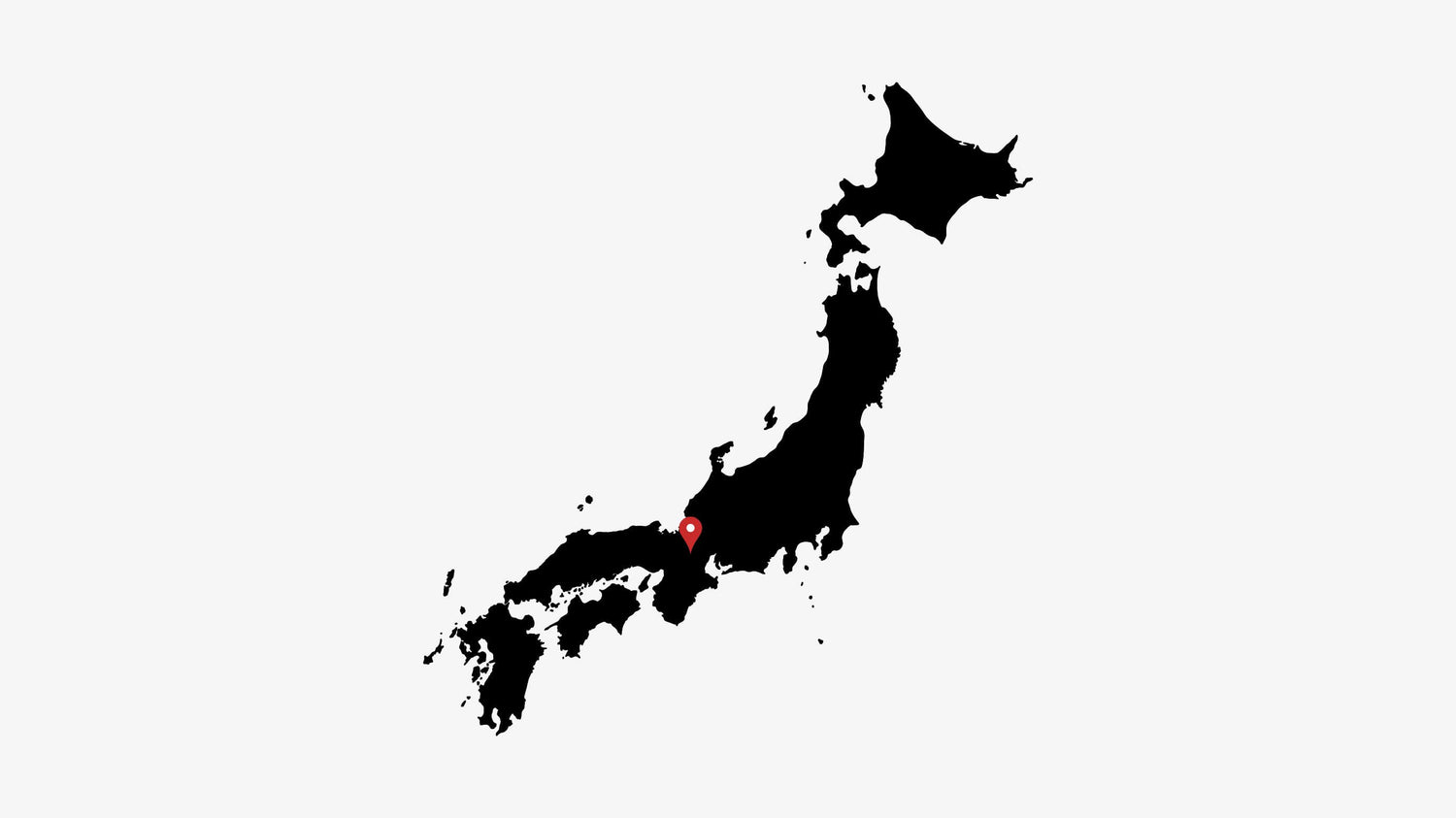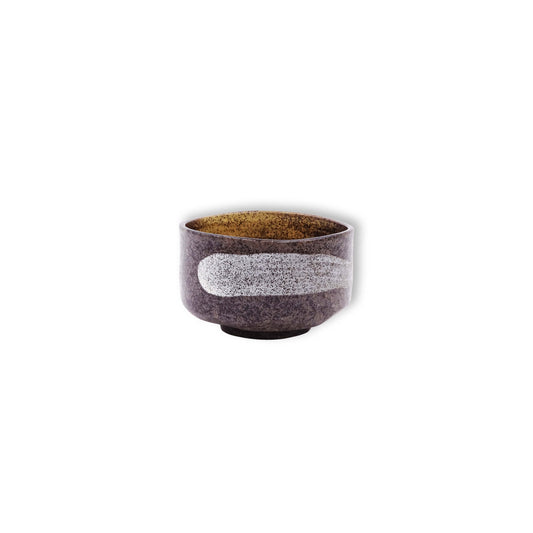

Learn all the secrets of the Asamiya Saemidori Matcha
Taste

Discover the results of Nio Teas’ 4 step tea tasting method
Step 1 - Observing the Appearance
Step 2 - Assessing the Aroma
Step 3 - Tasting the Tea
Step 4 - Evaluating the sensation on the palate
100% Organically grown and Ethically Sourced

JAS Certified
How to prepare the tea
Necessary teaware

Location of production and farmer
Information about the farm

Sourced in Shiga
Japan



























